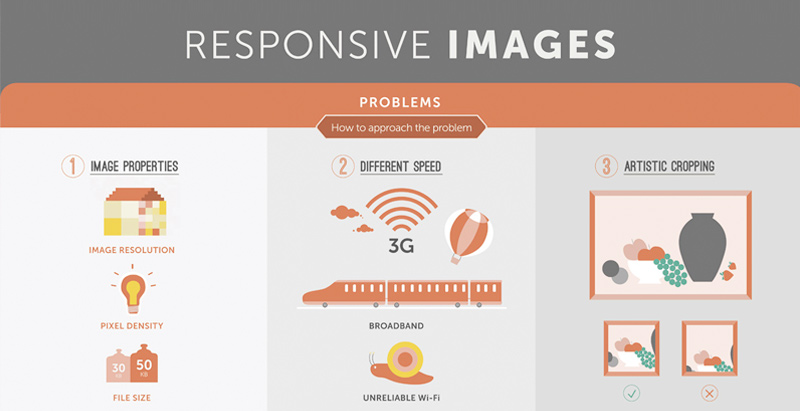Crucial Website Layout Insights: Suggestions For Constructing An Intuitive Interface
Crucial Website Layout Insights: Suggestions For Constructing An Intuitive Interface
Blog Article
Post Produced By-McKnight Bak
When it concerns web site design, making sure user-friendliness is crucial. From receptive design to structured navigating, every element plays an essential role in creating a site that accommodates your target market's requirements. But what about the better information that can make or break an individual's browsing experience? Stay tuned as ada compliant website examples uncover some often-overlooked suggestions that can boost your website's use to the next degree, making it truly stand apart in the digital landscape.
Relevance of Responsive Design
Responsive layout is a crucial aspect of modern-day web site advancement. Ensuring your site is receptive ways that it can adapt to different screen sizes and devices, offering a seamless experience for customers.
With the boosting use smartphones and tablets to access the web, having a responsive style is important for reaching a larger target market. It assists in boosting individual experience by making your website simple to browse and keep reading any type of tool.
Furthermore, go to website can positively impact your online search engine positions, as internet search engine like Google focus on mobile-friendly internet sites. By having a responsive design, you're additionally future-proofing your site, as brand-new tools with varying display dimensions remain to arise.
Simplify Navigation Framework
To improve user experience and assist in simple accessibility to info on your site, enhancing the navigating structure is extremely important. When developing your site, concentrate on creating a clear and user-friendly navigation menu that aids site visitors discover what they're seeking rapidly.
Restriction the number of food selection items to the basics, organizing relevant pages together to stay clear of frustrating users. Use Source Webpage that clearly indicate the content of each page, making it easier for customers to recognize where each web link will take them.
Consider implementing dropdown menus for subcategories to stop jumbling the major navigation bar. Additionally, include a search bar plainly on the web page for users that favor searching for particular info.
Focus on mobile responsiveness in your navigating design to guarantee easy accessibility on all gadgets.
Optimize Page Lots Speed
Improving page tons rate is vital for retaining site visitors on your web site. Slow-loading web pages annoy users and can bring about high bounce prices. To enhance page tons speed, beginning by maximizing photos. Press photos without compromising top quality to minimize their documents sizes.
Additionally, allow web browser caching to store often accessed sources in your area, quickening load times for returning visitors. Minify CSS, JavaScript, and HTML documents by removing unnecessary personalities, remarks, and formatting, boosting load rate.
Consider making use of a content delivery network (CDN) to disperse your internet site's content throughout multiple web servers worldwide, minimizing latency for users accessing your website from different places. Last but not least, restrict using third-party manuscripts and plugins, as they can significantly impact lots times.
Verdict
To conclude, by incorporating responsive layout, streamlining navigating, and optimizing web page tons speed, you can develop an easy to use site that appeals to a wider audience and improves individual experience. These essential elements make certain that visitors can quickly access and browse your website across different tools, bring about raised engagement and complete satisfaction. By focusing on these key aspects, you can build an effective web site that maintains customers returning for more.
